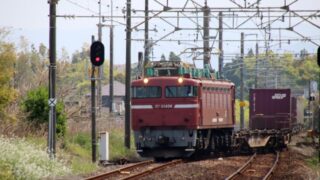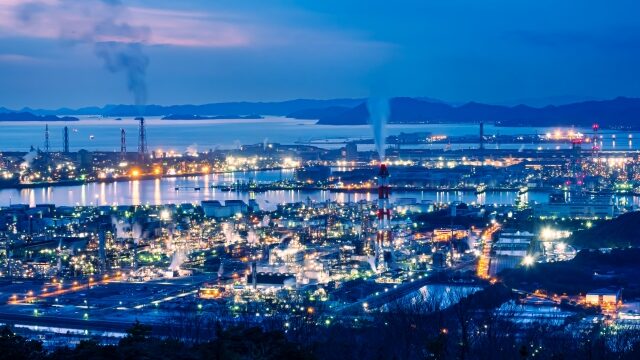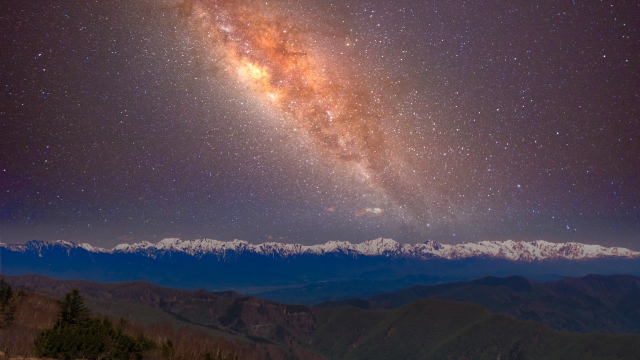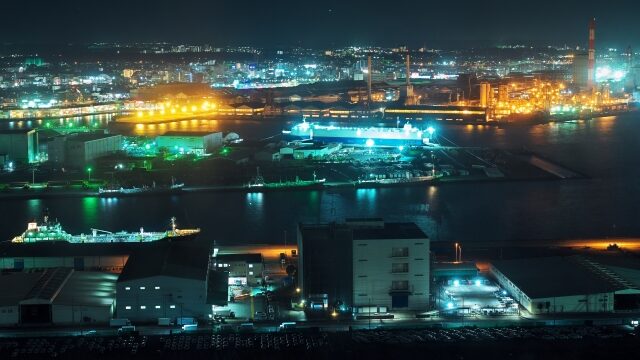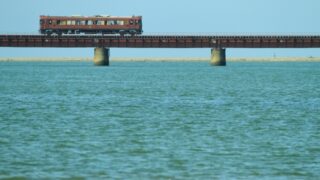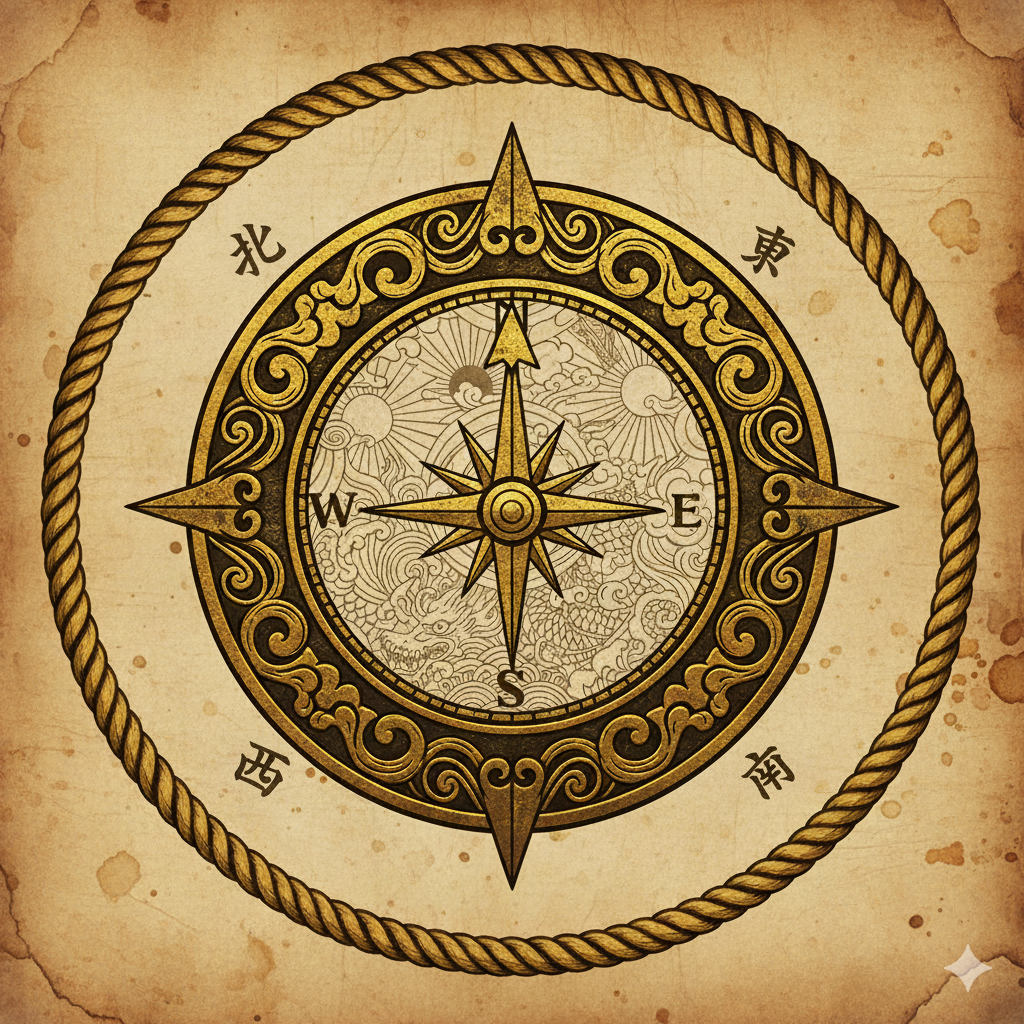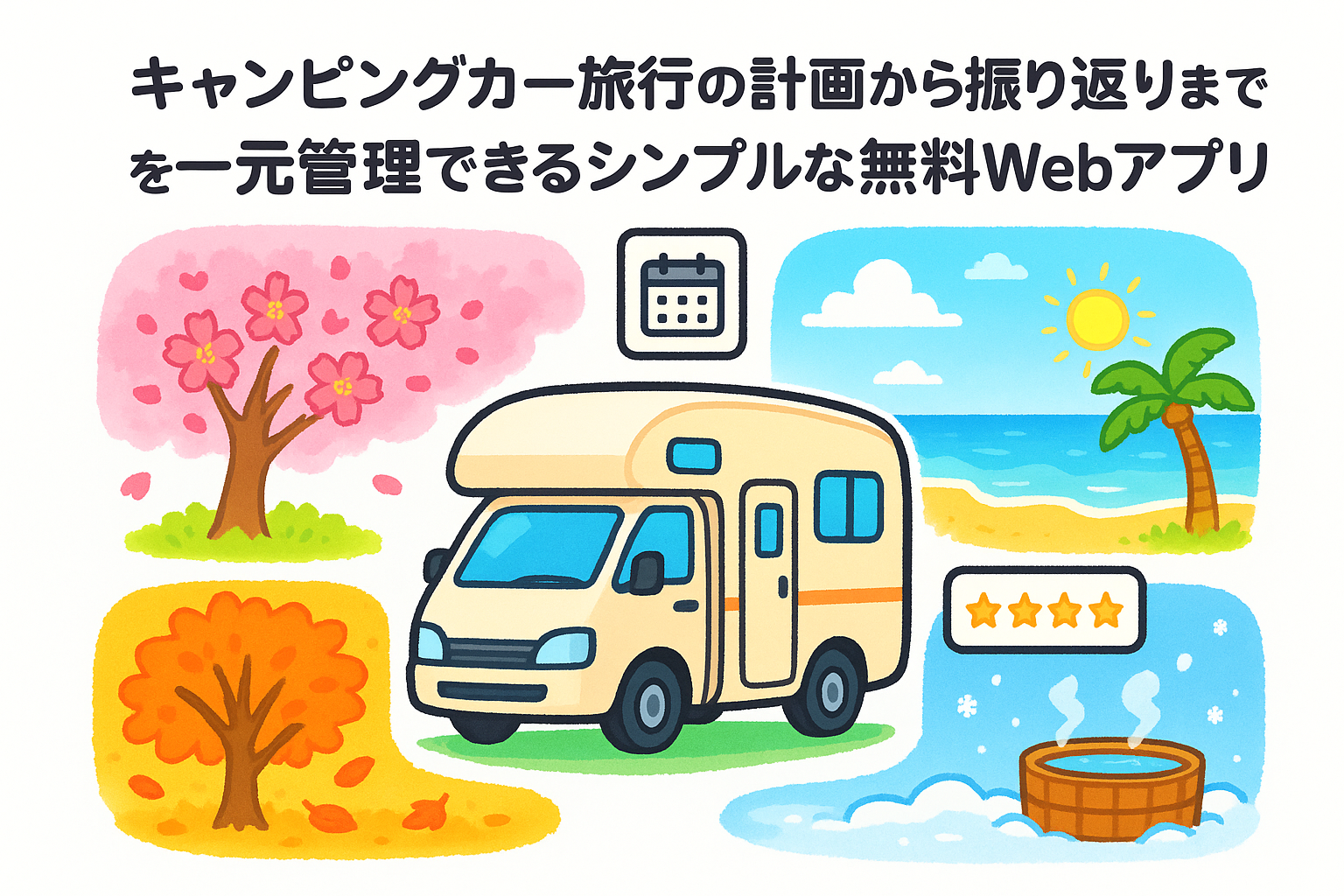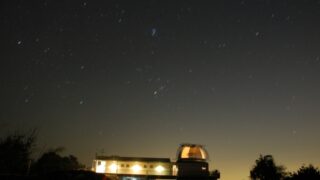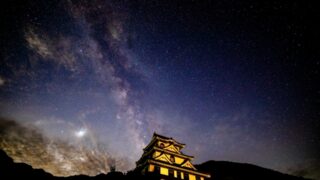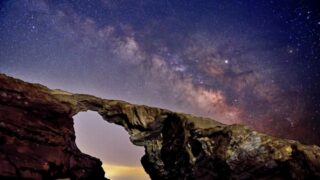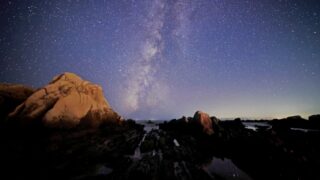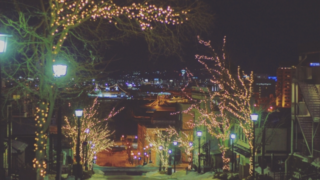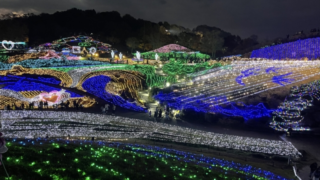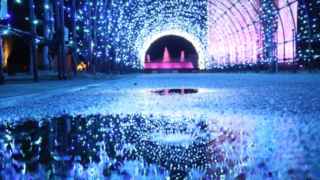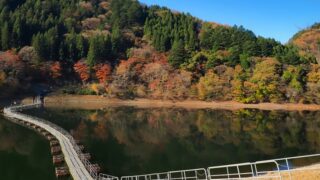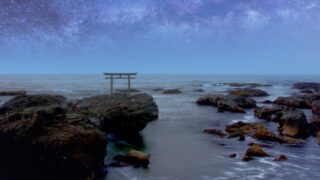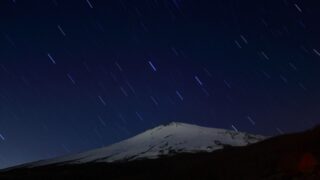Touring Himi Line, Kurobe Gorge Railway, Noto Railway, Hakubi Line, San’in Main Line, Geibi Line, and Inbi Line
1. Introduction ─ Camping Cars as “Mobile Photography Bases”
The most troubling aspects of train photography trips are issues of time, luggage, and rest—”wanting to arrive before sunrise,” “wanting to persist until sunset,” and “wanting to safely store equipment.” That’s where your reliable companion, the camping car, comes in.
Camping Car Photography Benefits
Hokuriku and Chugoku regions feature dynamic mountain and sea landscapes that enhance trains, with spots scattered across wide areas. Camping cars allow efficient “hopping” between locations.
2. Hokuriku Area
2-1. Himi Line ─ Tateyama Mountain Range Floating on Toyama Bay Mirror Surface
At Amaharashi Coast, where Toyama Bay’s blue merges with Tateyama Range’s white. The two-car train cutting through tide sounds stars in the unique stage of “Alps across the sea.” To capture the miracle of trains and mountain shadows lined up on mirror-like water just after sunrise, a camping car staying overnight at Roadside Station Amaharashi is optimal. Harvest a full day from summer cumulonimbus to winter snow peaks contrasting with blue sea to golden sunset light.
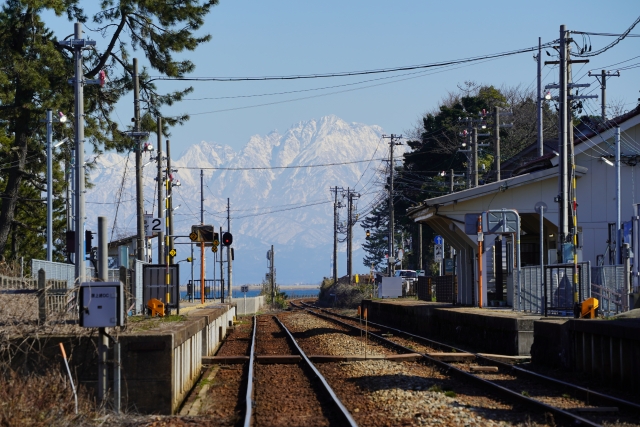
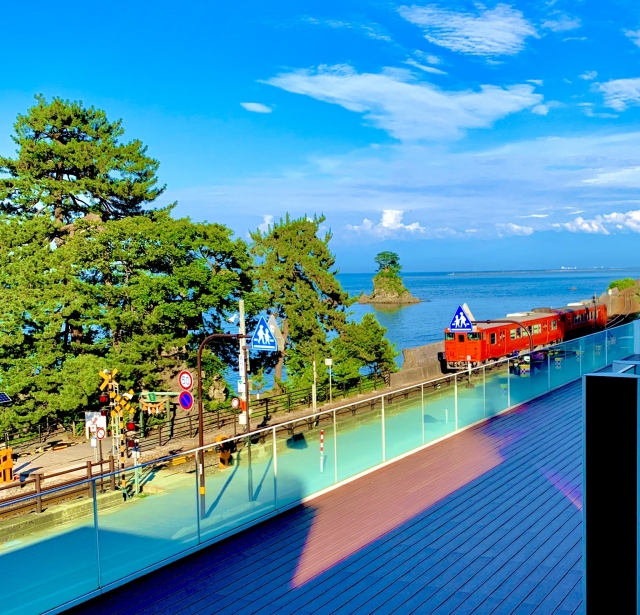
Highlight Coastal section between Etchu-Kokubu and Amaharashi. Just after dawn has high windless probability, water surface like a mirror. Miraculous composition fitting 3000m-class Tateyama Range and trains in one frame.
Photography TIP Target water’s edge with standard to medium telephoto (70-200mm). PL filter essential for sea surface reflections.
Stop-over Seafood bowl breakfast at Roadside Station Amaharashi → morning bath at Himi Onsen.
Car Camping Point Roadside Station Amaharashi, Amaharashi Coast parking lot. 24-hour restrooms equipped.
2-2. Kurobe Gorge Railway ─ “Red Bridges” and Deep Green・Autumn Color Contrast
Red trolley trains struggle through deep valleys where North Alps rock walls loom at Kurobe Gorge Railway. Atobiki Bridge and Shin-Yamabiko Bridge colored by deep green and autumn leaves create a three-dimensional picture scroll of nature and railways. Using Unazuki Onsen RV Park as base, climb to observation decks before dawn for panoramic views of mist and bridges. A mountain journey awaits: boarding windowless passenger cars with equipment for location scouting, photography then hot spring soaks, drying gear inside the vehicle.
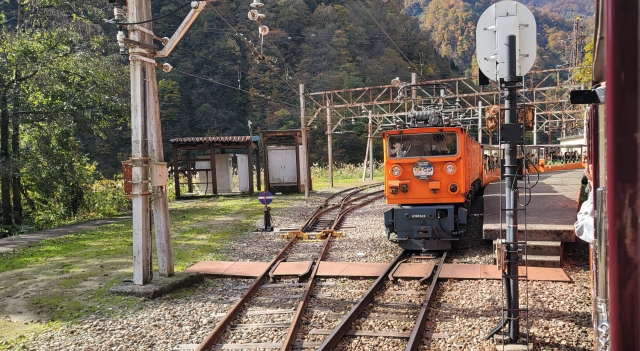
Highlight Yamabiko Observatory overlooking Atobiki Bridge and Shin-Yamabiko Bridge. Trolley trains + V-shaped valley + emerald green river.
Photography TIP Target compression effect with super telephoto (300-500mm) or emphasize valley depth with wide-angle. Morning front-light.
Stop-over Outdoor bath tour at Unazuki Onsen, trekking at Keyakidaira.
Camping Car Merit Multi-story parking near Unazuki Onsen Station has height restrictions. Using temporary parking behind station is safer.
2-3. Noto Railway ─ “Noto Sakura Station” Peach Blossom Paradise
A local line running on highlands overlooking Nanao Bay. In spring, Noto-Kashima Station has a hundred cherry trees creating a pink tunnel, with diesel trains gliding in against backgrounds of sea and fishing lights. Night illumination and morning misty water surfaces allow harvesting cherry blossom trains with different color temperatures day and night. Preview terraced rice fields from Satoyama-Satoumi observation car, supply at seafood morning market, then back to the shutter—luxury unique to overnight camping cars.
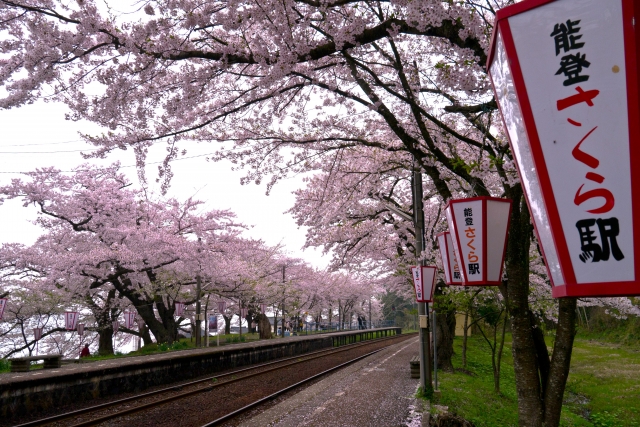
Highlight Cherry blossom tunnel at Noto-Kashima Station. Double delicious with sunlight streaming in early morning and night illumination.
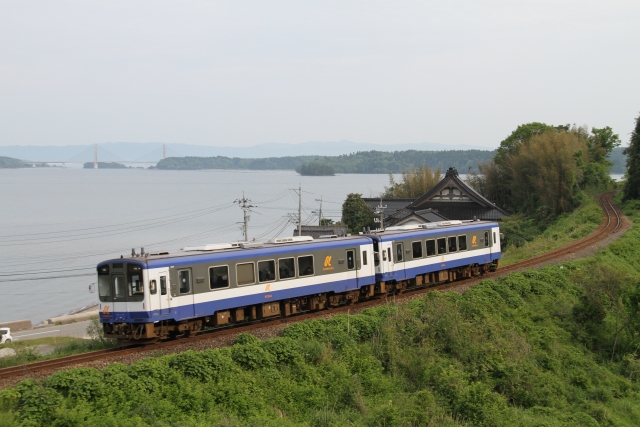
Photography TIP Wide-angle + low angle with platform roof as frame. For cherry blossom blizzards, use around 1/125 shutter speed to flow.
Stop-over Oyster huts along Nanao Bay, Noto Wine direct sales.
Car Camping Point Roadside Station Noto Sakura Station (station-integrated) allows car camping.
3. Chugoku Area
3-1. Hakubi Line ─ “Yakumo” and Freight Trains Threading Takahashi River
Hakubi Line threading Takahashi River’s emerald. Steel beauty of 3rd and 7th bridges, S-curves running mountain slopes, villages floating in morning mist—famous spots condensed within 20km. Run-and-gun camping car along prefectural road shooting spots, continuous shooting possible from daytime limited express to evening freight to starry deep night. Supply hot water at hot spring stands to make vehicle a mobile salon, fill stomach with wild game meal and head to next bridge.
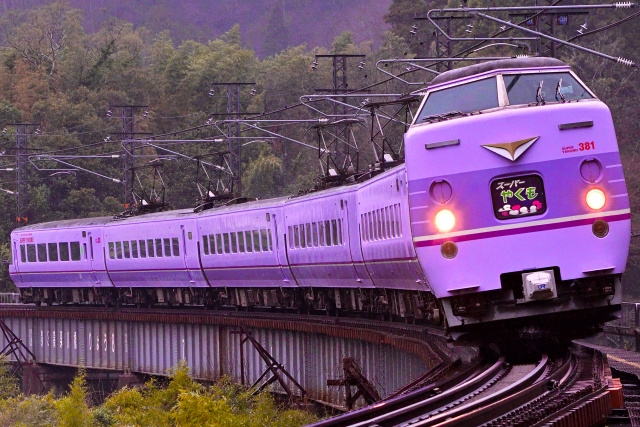
Highlights
- 3rd Takahashi River Bridge: Curved iron bridge + rice ear paddies. Autumn colored by spider lilies.
- Adachi S-curve: S-curve threading autumn mountain slopes. Light overcast optimal for contrast. Photography TIP 70-300mm is versatile. River surface reflections depend on water volume, so day after rain is prime target. Stop-over Fukiya traditional ochre-colored townscape, wild game burger at Roadside Station Daigo-no-sato. Camping Car Note Prefectural roads have difficult passing sections. Recommend access from Niimi IC side.
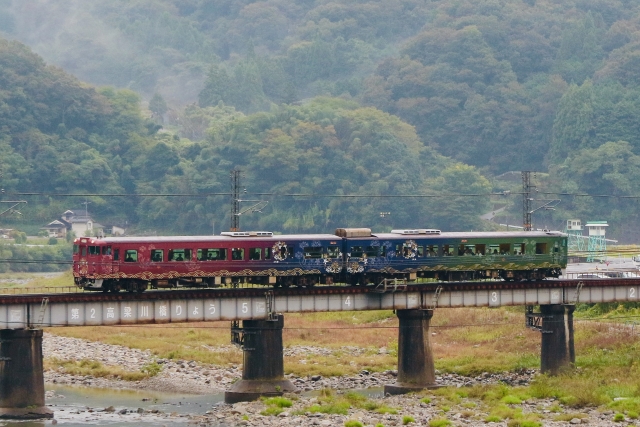
3-2. San’in Main Line ─ Scale Woven by Japan Sea and Mount Daisen
San’in Main Line where dark blue Japan Sea coexists with the majestic form of Hōki Daisen. At Sōgō River Bridge, sunset dyes tracks flame-colored; at Hino River Bridge, snow-white Daisen sits enthroned in the background. Use camping car time-shift actions to not miss morning and evening golden times. Winter rough waves and light snow, summer ultramarine and cumulonimbus—the same bridge shows different worlds in four seasons. Night also targets fantastical blue moments when fishing lights illuminate trains.
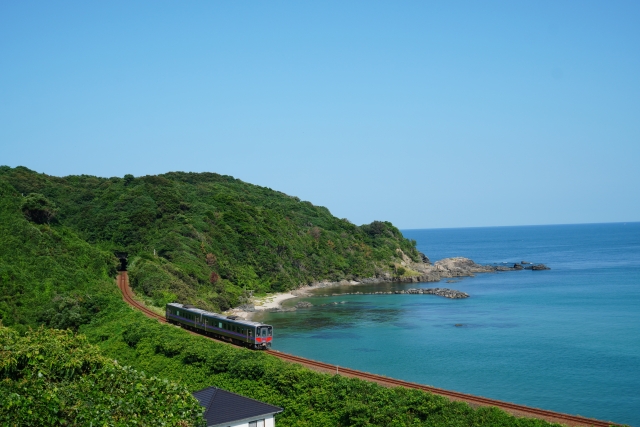
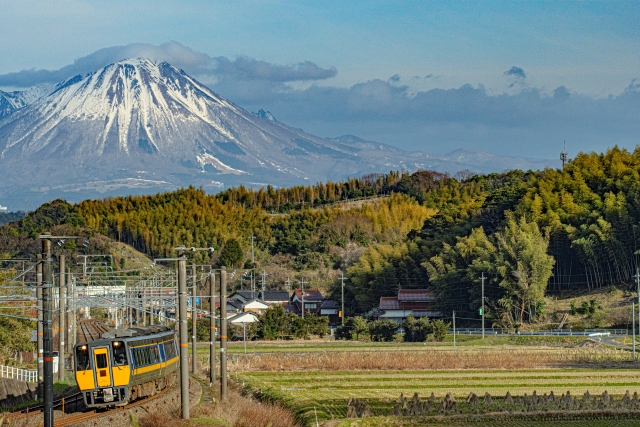
Classic Daisen backdrop. Riverbed is windy so attach weights to tripod hooks.
Highlight Point: Railway bridge where sunset and train silhouettes are “Instagram-worthy.” Park cars at National Route 191 coastal parking areas.
Stop-over Susa specialty “Squid Ink Curry,” Kaike Onsen in Yonago.
3-3. Geibi Line ─ Gyōikō Cherry Blossoms and Red Tile Station Nostalgia
Geibi Line threading Chugoku Mountains’ satoyama has a leisurely 50km/h heartbeat. Red-tiled wooden station buildings and canola flowers, Yagami Station’s Gyōikō cherry blossoms changing from pale green to pink in spring are must-sees. Camping car interior lights create small bases at unmanned stations, morning mist transmitted light silhouettes cherry blossoms and trains. Lunch break at station-front soba during day, chase single-car trains to terraced rice fields in evening, sealing gentle time in photographs.
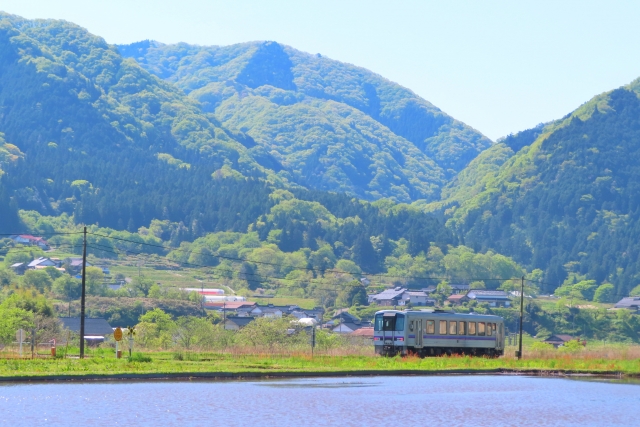

Highlight Point Yagami Station. Mid-April to Golden Week, Gyōikō cherry blossoms changing pale green→yellow→pink perform with KiHa 120.
Photography TIP Medium telephoto around 85mm with petals as foreground blur. Afternoon front-light is best.
Stop-over Mountain village lunch at Niimi City Shingo Onsen.
3-4. Inbi Line ─ Stone “Pine Broom Bridge” and Fresh Green Valley
Inbi Line meandering the Okayama-Tottori border is a treasure trove of secret stations and stone bridges. JNR-colored KiHa 120 racing through fresh green valleys with circular piers of Pine Broom Bridge creates scenes breaking the silence. Car camping on unlit riverbanks captures dawn mist, mountain shadows, and trains in one frame amid starry skies and stream sounds. The same bridge tells new stories each season—autumn rice ears, winter snow makeup.
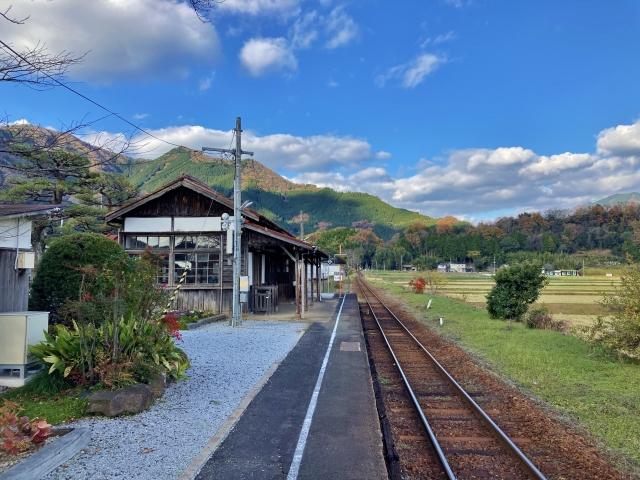
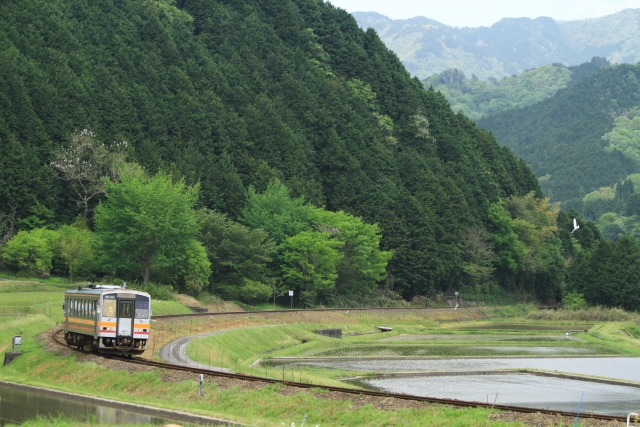
Highlight Point Shadow beauty created by pier stonework and fresh greenery. Early May morning sidelight makes piers emerge three-dimensionally.
Photography TIP 24-70mm wide-angle side to embrace valley. Drone photography requires railway company permission.
Stop-over Chizu cedar barrel natural water, old private house cafe in Chizu-juku.
Car Camping Point Roadside Station Awakurand has hot springs attached, healing fatigue after night photography.
4. Photography Equipment・Technique Quick Reference
| Scene | Lens | Support Equipment | One-Point Tip |
|---|---|---|---|
| Overhead (Miyazaki Castle ruins, Kurikara Pass) | 200-600mm | Carbon tripod + gear head | Check frame edge vignetting |
| Bridge + train (Sōgō River, Hino River) | 70-300mm | ND8-16 filter | Flow waves/river surface for drama UP |
| Flowers/cherry blossoms (Noto-Kashima, Yagami) | 24-70mm | Reflector or LED light | Make flowers shine with transmitted light |
| Night cherry illumination | 35mm F1.4 prime | High ISO + image stabilization | +0.3 exposure prevents white blow-out |
5. Photography Etiquette and Safety Checklist
- Always stay 2m+ from tracks. Same when using step ladders.
- No trespassing on private property or farmland. Get photography permission / shoot from public roads.
- Confirm parking areas: No nuisance parking except roadside stations and designated parking zones.
- Greetings & zero trash: Smile and speak to locals, pack out all trash.
- Check train operation info: Don’t approach trackside during schedule disruptions.
6. Summary ─ Monopolize “Time and Scenery” with Camping Cars
Hokuriku’s sea-crossing Tateyama, secret gorge trolleys, cherry tunnels—. Chugoku Mountains’ valley beauty, sunset-dyed sea bridges, rare cherry blossoms, stone bridges. All these 7 lines are “life or death at dawn and dusk.” Public transport + hotel searching wastes time and energy, but camping cars let you quietly enter roadside stations the night before, going straight from naps to shooting locations. End each day backing up cards inside the vehicle and simple dinners with local ingredients.
Using this article as your guide, please run your “mobile photography base” camping car. The momentary harmony played by Hokuriku and Chugoku railways and great nature—capturing all of this is a privilege exclusive to camping car train photographers who can move and stay freely. While observing photography etiquette, capture your unique shot. Come on, start the engine and head to the next scenic view.
